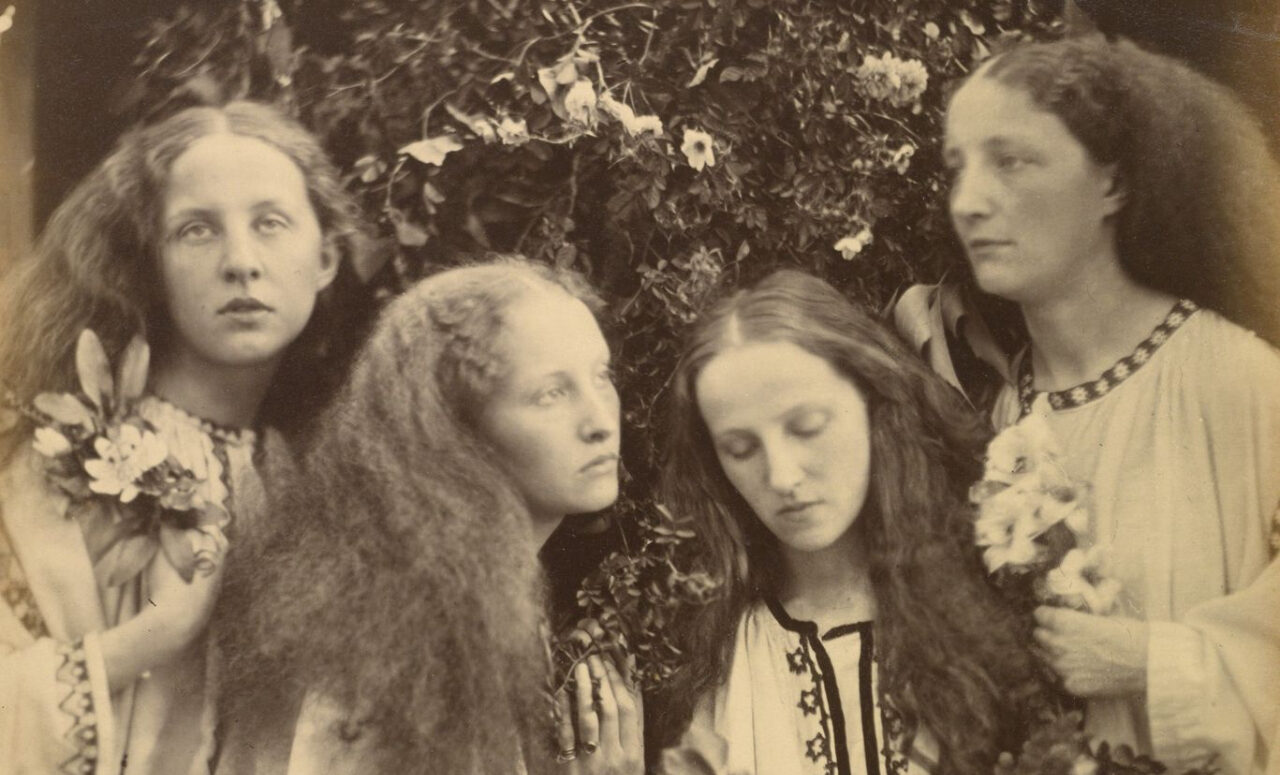Francesca Woodman and Julia Margaret Cameron: Portraits to Dream In at the National Portrait Gallery

The National Portrait Gallery has just unveiled Portraits to Dream In, a masterfully curated exhibition that elegantly bridges centuries through photography. This showcase presents a significant collection of vintage prints by Julia Margaret Cameron, a self-taught photographer from the Victorian era known for her intimate portraits of family and friends, including luminaries like Alfred, Lord Tennyson. Alongside Cameron’s works are the compelling pieces of Francesca Woodman, an American artist renowned for her introspective and often haunting self-portraits. Despite the apparent disparity in their eras and subjects – Cameron starting her photographic journey at nearly 50 and Woodman, a prodigious talent from a young age – their works are united in this exhibition in a dialogue that transcends time.
Initially, the pairing of Cameron and Woodman seemed an eclectic choice, given their distinct backgrounds and the century that divides them. Cameron is celebrated for her theatrical, literature-inspired scenes, while Woodman is admired for her raw, unfiltered exploration of self and femininity during the nascent years of the women’s movement. And yet, curator Magdalene Keaney’s insightful selection of over 160 prints reveals a profound thematic resonance between the two artists.
Both are quintessential romantics, with a penchant for infusing their staged photographs with elements of fantasy and narrative, often featuring figures adorned in draped fabrics, intermingled with floral and leaf motifs. They each, in their distinct manner, embrace the unpredictabilities and imperfections inherent to photography, skillfully manipulating these elements to craft scenes ripe for serendipitous beauty. Both artists explore themes of role-play and the dynamics of power within their compositions. For example, Cameron vividly brings to life a moment from Alfred, Lord Tennyson’s Idylls of the King in one of her theatrical portraits, depicting a scene of submission and satire that critiques masculine fragility and vanity. In another image from 1864, children under Cameron’s direction, clutch an umbrella, while over a century later, Woodman offers a modern echo with a figure hidden behind an inverted umbrella. Another understated yet delightful connection: the polka-dot pattern of a dress Woodman wore in a 1976 photograph echoes the wallpaper design in Cameron’s Sadness from 1864. Naturally, these connections maintain a subtle quality. And yet, it is this very subtleness that stands out beautifully at a time when exhibitions often shout in stark clarity.
The final section of the exhibit takes an unexpected turn towards examining how both artists represent men, in a room named Men. Here, photographs by Woodman feature male models juxtaposed with objects commonly associated with femininity. In one photograph, a young man has patterned cloth tied around his waist and is seen gently holding an open pomegranate, its juice trickling down his wrist. Another image may depict the same model lying down, a single stream of light highlighting his torso, with a white egg cradled in his armpit. Cameron’s work portrays her male figures as noble, bearded men. Yet, she reveals her penchant for drama in an 1867 portrait of a man: Iago – study from an Italian. He appears as a haunted hero, captivating us with a piercing and richly nuanced downward gaze.
As the title indicates, these portraits are not merely for viewing, but for immersing ourselves deeply and losing ourselves within their depths, only to emerge, perhaps, with newfound insights about ourselves. This exhibit, indeed provides a quaint refuge for dreaming.
Constance Ayrton
Francesca Woodman and Julia Margaret Cameron: Portraits to Dream In is at the National Portrait Gallery from 21st March until 16th June 2024. For further information visit the exhibition’s website here.
























Facebook
Twitter
Instagram
YouTube
RSS